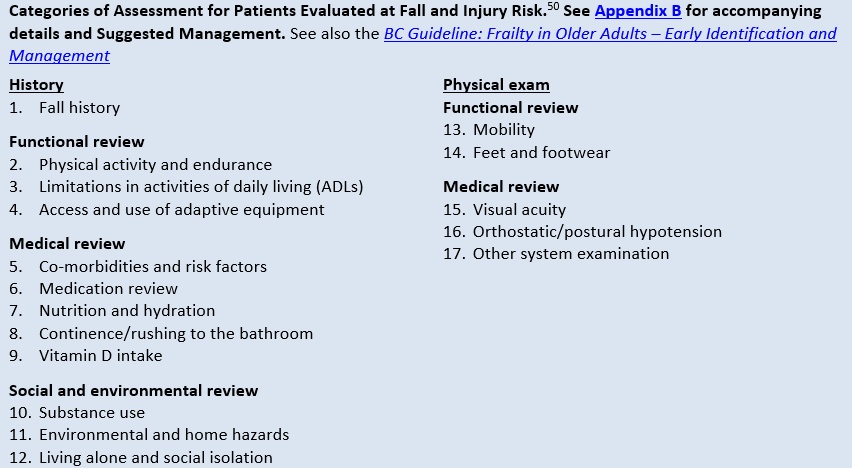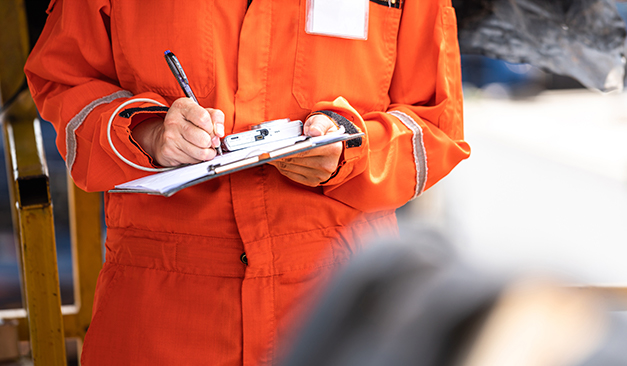5 Easy Facts About Dementia Fall Risk Described
5 Easy Facts About Dementia Fall Risk Described
Blog Article
What Does Dementia Fall Risk Do?
Table of ContentsFascination About Dementia Fall Risk9 Easy Facts About Dementia Fall Risk ExplainedUnknown Facts About Dementia Fall RiskGetting The Dementia Fall Risk To Work
A loss threat analysis checks to see how most likely it is that you will drop. The evaluation typically includes: This includes a collection of inquiries regarding your general health and if you have actually had previous drops or troubles with balance, standing, and/or strolling.STEADI includes screening, analyzing, and treatment. Treatments are recommendations that may decrease your risk of falling. STEADI includes three steps: you for your risk of succumbing to your risk elements that can be improved to attempt to stop drops (for instance, balance problems, damaged vision) to decrease your risk of dropping by utilizing reliable techniques (for instance, offering education and learning and resources), you may be asked several inquiries including: Have you dropped in the previous year? Do you feel unsteady when standing or walking? Are you stressed over falling?, your supplier will certainly check your toughness, balance, and stride, using the complying with fall assessment devices: This examination checks your gait.
If it takes you 12 secs or more, it may indicate you are at greater danger for a fall. This examination checks toughness and equilibrium.
The positions will certainly obtain tougher as you go. Stand with your feet side-by-side. Move one foot midway onward, so the instep is touching the big toe of your other foot. Move one foot totally before the various other, so the toes are touching the heel of your other foot.
Indicators on Dementia Fall Risk You Need To Know
Most falls take place as a result of multiple adding elements; therefore, managing the risk of dropping begins with identifying the variables that contribute to drop danger - Dementia Fall Risk. A few of one of the most pertinent danger aspects include: History of previous fallsChronic clinical conditionsAcute illnessImpaired gait and equilibrium, lower extremity weaknessCognitive impairmentChanges in visionCertain high-risk medications and polypharmacyEnvironmental elements can also enhance the risk for drops, including: Poor lightingUneven or harmed flooringWet or unsafe floorsMissing or harmed handrails and order barsDamaged or improperly equipped devices, such as beds, wheelchairs, or walkersImproper use assistive devicesInadequate guidance of the individuals living in the NF, consisting of those who exhibit hostile behaviorsA effective autumn danger monitoring program calls for a complete clinical assessment, with input from all participants of the interdisciplinary team

The care strategy ought to additionally include treatments that are system-based, such as those that promote a risk-free environment (suitable illumination, handrails, grab bars, and so on). The effectiveness of the treatments ought to be evaluated occasionally, and the treatment plan modified as required to mirror changes in the fall threat evaluation. Carrying out a loss danger monitoring system using evidence-based ideal look at this website method can decrease the occurrence of drops in the NF, while restricting click here for info the potential for fall-related injuries.
The Best Guide To Dementia Fall Risk
The AGS/BGS guideline recommends evaluating all grownups matured 65 years and older for fall threat yearly. This testing includes asking patients whether they have fallen 2 or even more times in the past year or sought clinical interest for a loss, or, if they have actually not dropped, whether they feel unstable when walking.
Individuals who have actually fallen as soon as without injury needs to have their equilibrium and stride evaluated; those with gait or balance abnormalities ought to obtain additional analysis. A background of 1 fall without injury and without stride or balance problems does not require further evaluation past ongoing yearly autumn danger testing. Dementia Fall Risk. An autumn risk evaluation is needed as component of the Welcome to Medicare examination

Top Guidelines Of Dementia Fall Risk
Documenting a drops background is one of the high quality indications for loss prevention and monitoring. Psychoactive drugs in certain learn this here now are independent predictors of falls.
Postural hypotension can frequently be eased by lowering the dose of blood pressurelowering medications and/or stopping medicines that have orthostatic hypotension as an adverse effects. Use above-the-knee assistance hose pipe and sleeping with the head of the bed raised may also minimize postural reductions in high blood pressure. The suggested elements of a fall-focused physical exam are received Box 1.

A Pull time greater than or equivalent to 12 seconds recommends high fall risk. Being incapable to stand up from a chair of knee elevation without using one's arms shows raised autumn risk.
Report this page